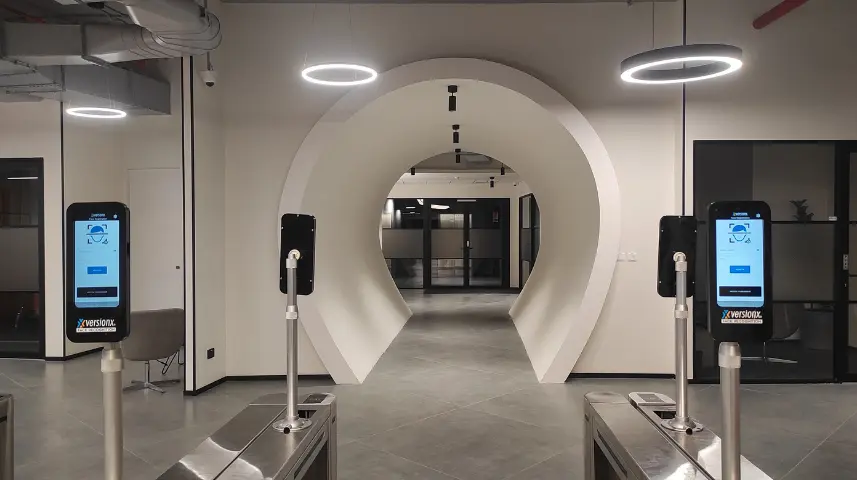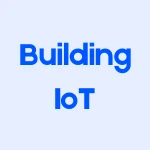
Face Recognition Based Attendance System: Top Features to Look For
Whether you run a business of 5 or 50000 employees or more, you need an attendance system that records and manages your staff’s in and out time, work hours, leave days, and so on.
So far, the most popular attendance systems have been based on biometric systems and RFID technology. One of the latest ones to enter the market is - face recognition attendance system.
The need for contactless solutions during the COVID-19 pandemic accelerated the adoption of face recognition technology. Businesses sought to minimize physical contact to reduce the spread of the virus, making face recognition an attractive option.
Another factor that improved the reliability and affordability of face recognition systems is advances in artificial intelligence and machine learning. This made them accessible to a wider range of businesses.
If you’re looking for an attendance system that is contactless (think hygiene), efficient, and secure at the same time, you must consider one that is based on facial recognition technology.
There are few things you would need to know while selecting one. It's essential to consider features that will meet your operational needs and ensure the system's effectiveness and reliability.
Additionally, being aware of potential pitfalls can help you avoid common issues that may arise with such systems.
Here's a brief guide to help you understand the issues better.
Face Recognition Attendance System: Make An Informed Decision
1. Accuracy and Speed of Recognition
The system must ensure quick and precise identification of employees, minimizing errors. Don’t settle for a system with an accuracy rate of less than 99.9% and recognition speed of more than a second.
Systems that are not built well may incorrectly reject authorized employees or accept unauthorized individuals. Look for systems with low false rejection and acceptance rates. Ensure that the system can recognise faces even in dimly lit environments.
“ There is no way to manually identify a visitor who is also loitering inside your premises. ”
2. Integration Capabilities
Check if the system has the ability to integrate with existing HR, payroll, enterprise systems. Go for a system that seamlessly connects with your current HR management software for automatic attendance updates.
Avoid systems that do not support APIs or common integration standards.
VersionX facial recognition attendance system, for example, integrates even with access control such as doors and turnstiles.
3. Scalability
Your business will grow with time and therefore, your attendance system should be able to handle future growth and process changes. Ensure that the system can support the growth of your business without performance issues. The system should be able to handle an expanding database of employees as your company grows.
Avoid systems that cannot easily scale with your business.
4. User-Friendly Interface
How easy should the system be to use? Employees and administrators should not have to waste their time adjusting to a not so friendly attendance system.
Ensure the system has a dashboard that provides intuitive navigation and clear instructions. The system, especially the dashboard, must not be difficult for administrators to navigate.
Avoid systems with cluttered or unintuitive interfaces.
5. Multi-Location Support
With a growing business, you’ll need a system that manages attendance across different sites or branches. Check if the system has the capability to track and consolidate attendance data from multiple locations.
6. Cloud-Based and On-Premises Options
Which option to go for? Cloud or on-premises. This would depend on your organization’s data storage and security preferences. Cloud solutions are becoming popular for remote access and several other advantages, minus the disadvantages of on-premise systems.
7. Ease of Installation and Maintenance
A robust cloud-based face recognition system generally can be installed within minutes and has minimal maintenance requirements. It reduces downtime and ensures smooth operation. Ask for a pilot - you will know if the system has straightforward installation procedures.
8. Alerts and Notifications
The team needs to stay updated therefore, the face recognition attendance system should be able to keep managers informed of attendance issues. Example: automated alerts for managers when an employee is absent or late.
9. Security Features & Compliance
Make sure the system is based on technology that protects sensitive employee data and prevents unauthorized access. For example, end-to-end encryption and multi-factor authentication for system access.
Ensure the system adheres to local and international data privacy laws and are GDPR-compliant in their data handling processes.
10. Real-Time Data Syncing
The system must allow automatic synchronization of attendance records across all devices and systems. Delayed updates may lead to inaccurate attendance records.
Look for a facial recognition attendance system that ensures attendance data is updated in real-time for accurate reporting.
Some systems, like VersionX Face Recognition attendance system, also have the capability to work offline.
11. Customizable Reporting
You will need custom reports on attendance trends, late arrivals, early departures, and absenteeism. Make sure the system allows for tailored reporting features to meet specific business requirements.
12. Backup and Recovery
Check if the system ensures data integrity and availability in case of system failures. Do they have regular automatic backups and a reliable recovery plan?
By carefully evaluating these features and being aware of potential pitfalls, you can select a face recognition attendance system that meets your business's needs and provides reliable, efficient, and secure attendance management.






